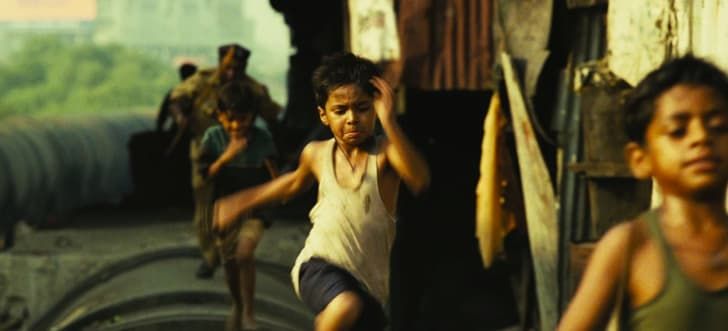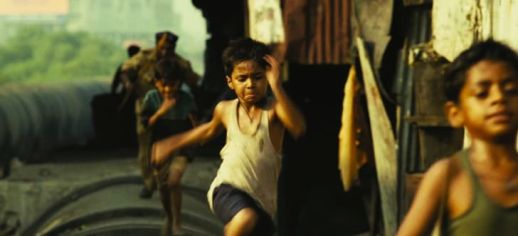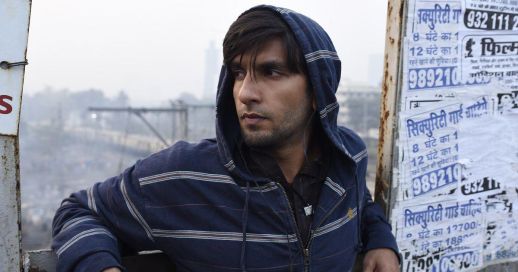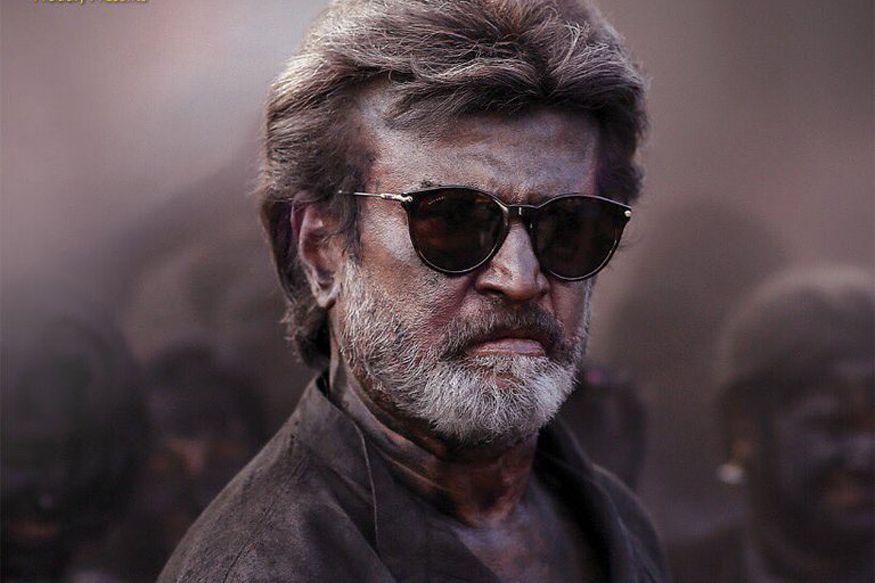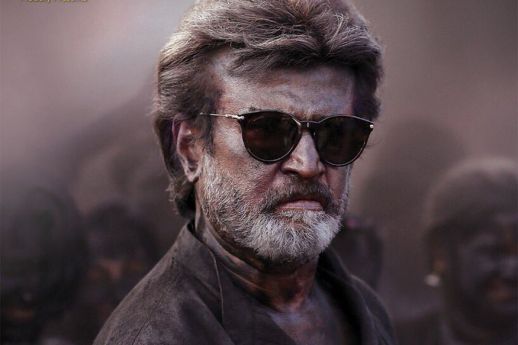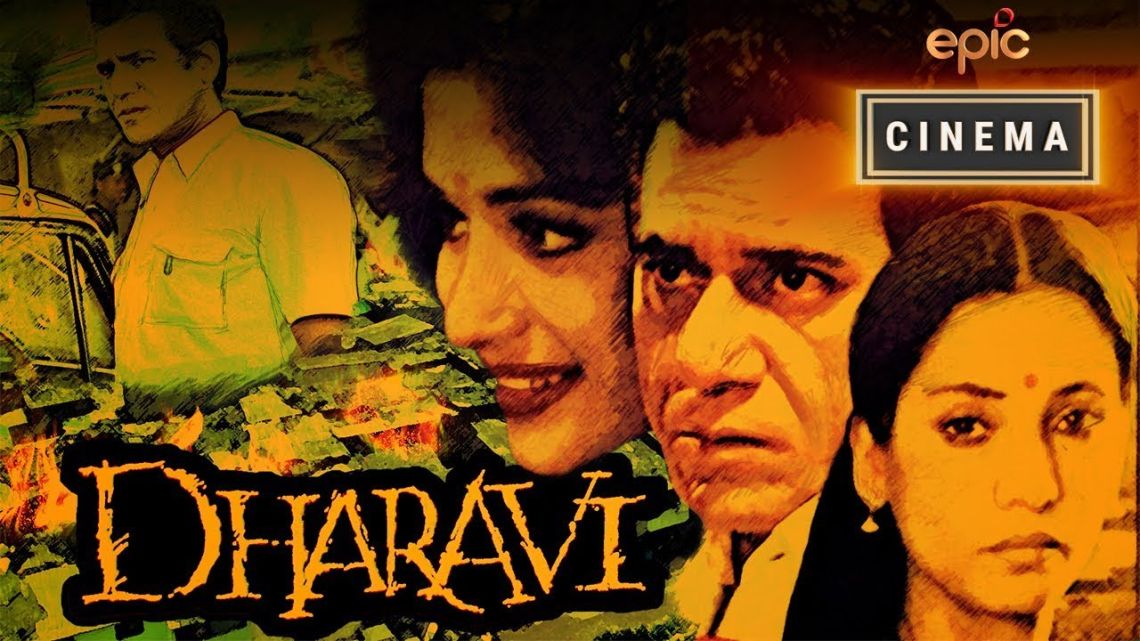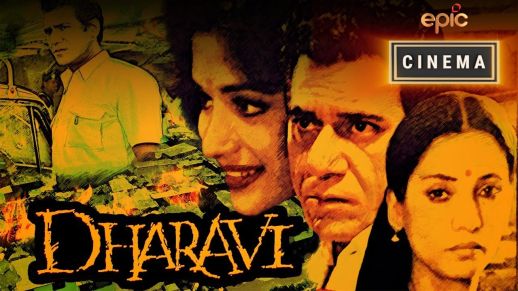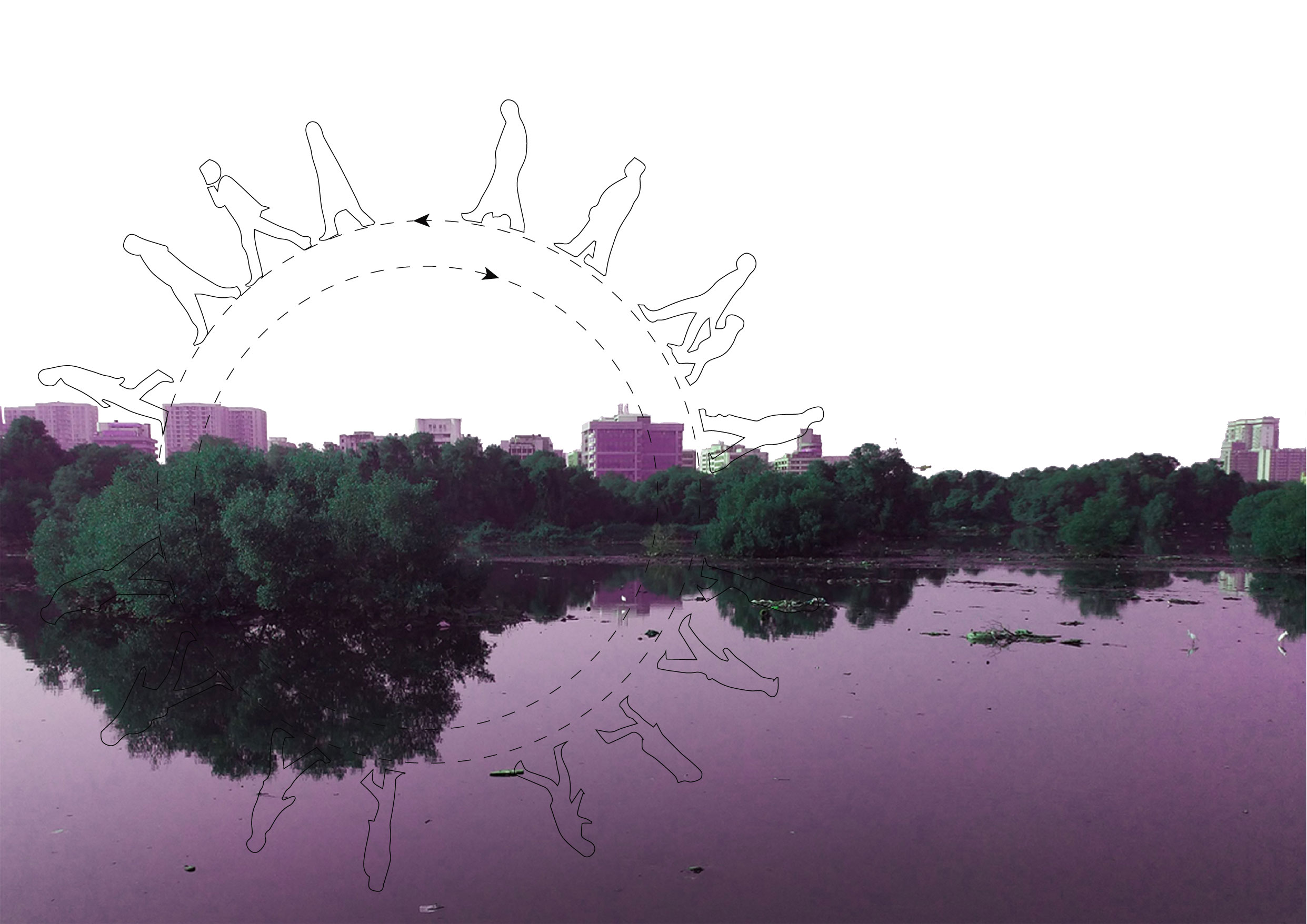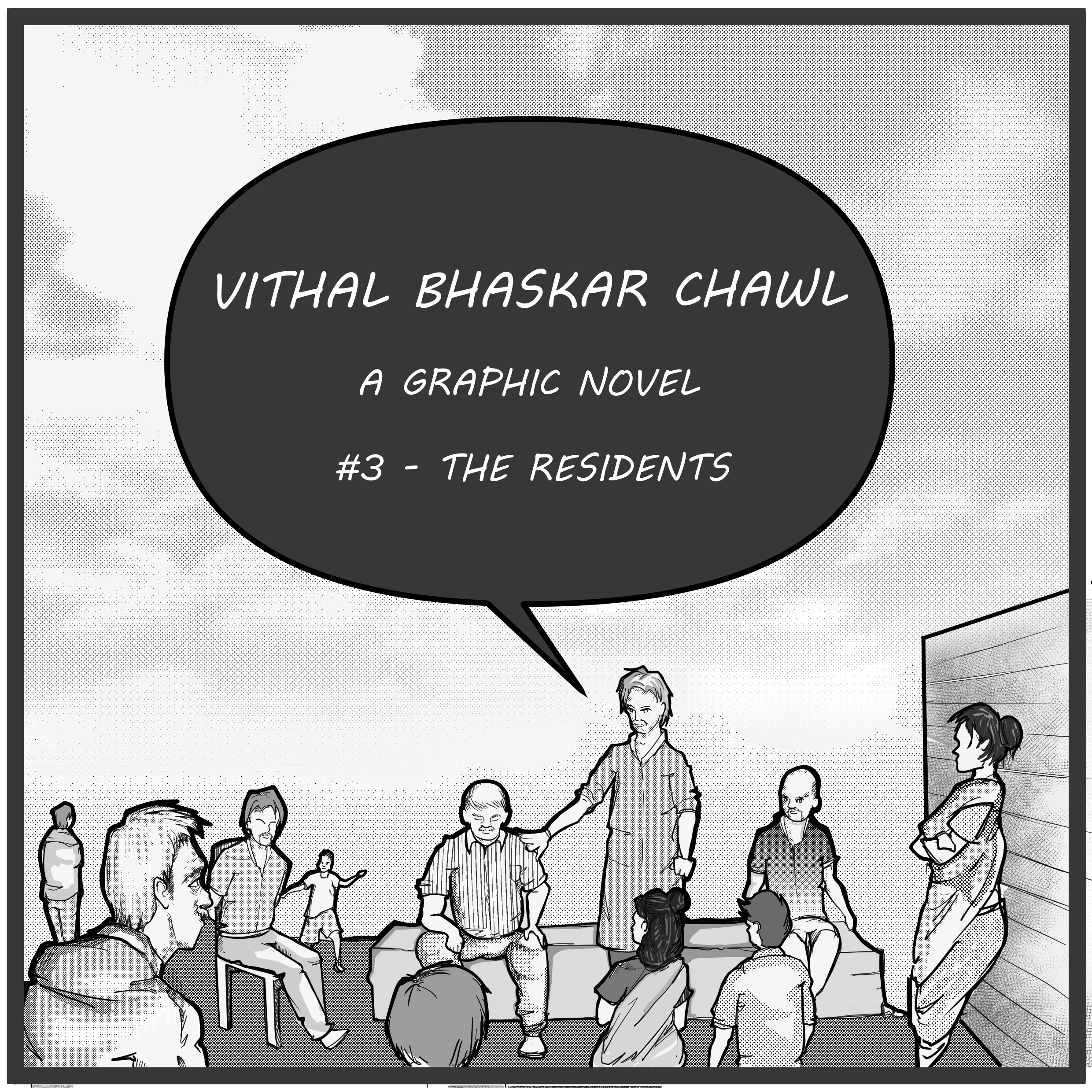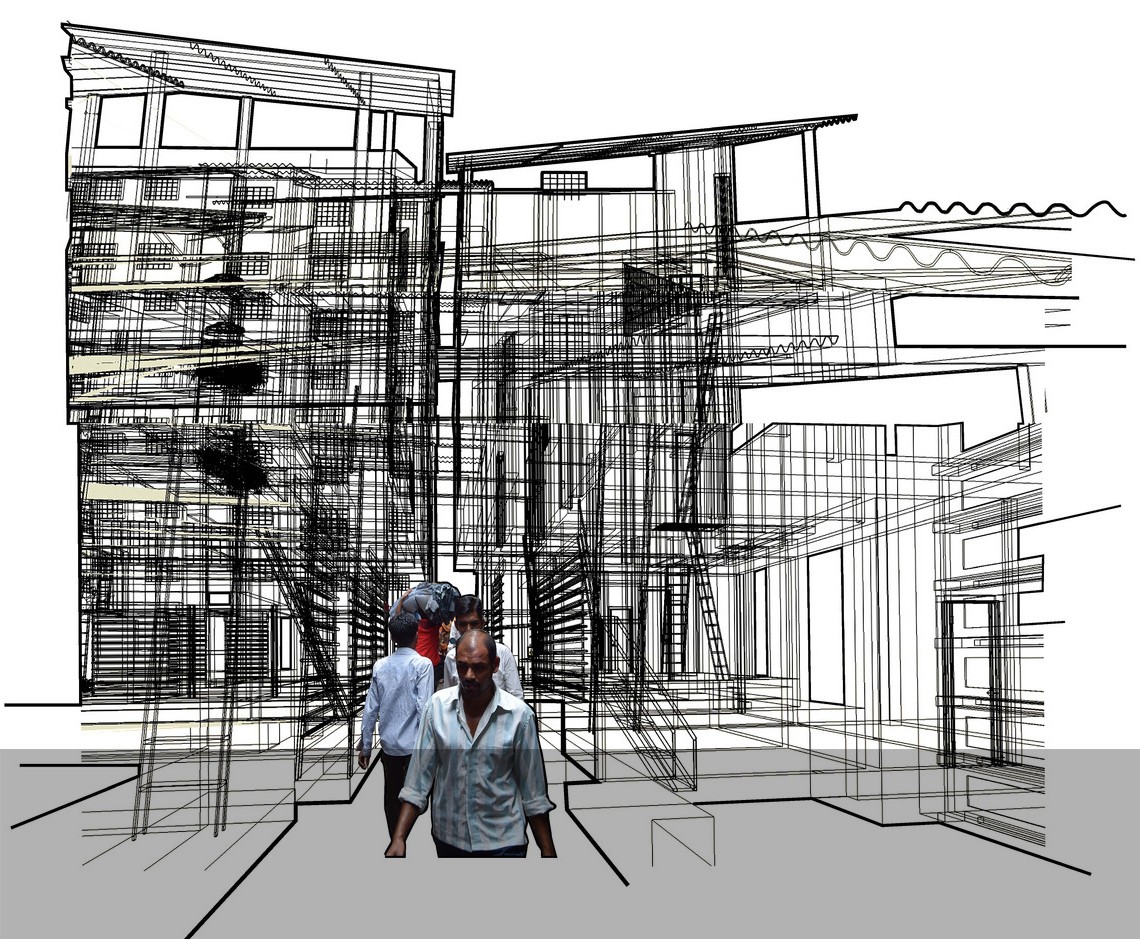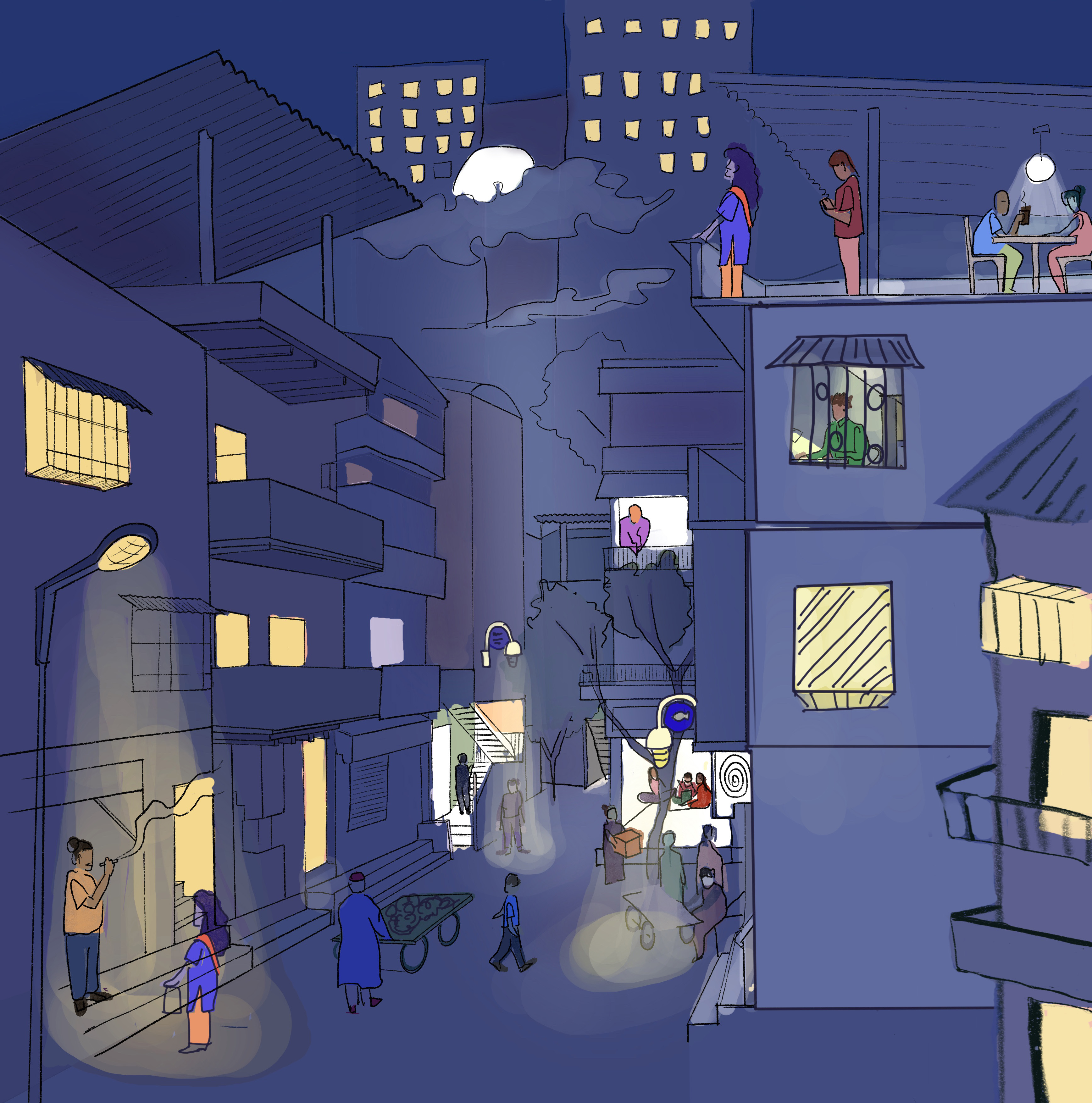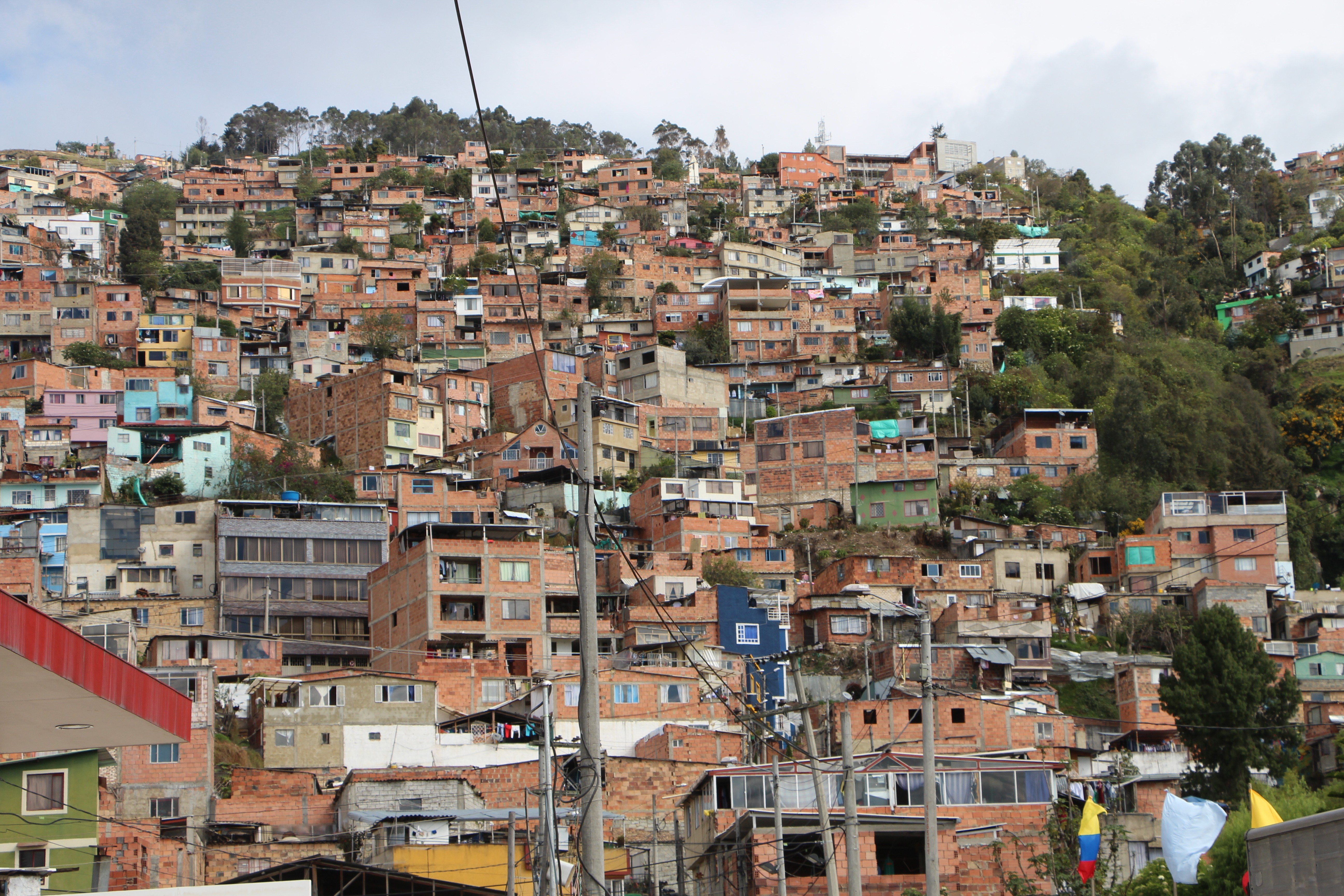Dharavi on celluloid

Dharavi on celluloid
Dharavi has been an interesting setting for many Mumbai based films. Someone who hasn't experienced Dharavi firsthand, is most likely to perceive it through a scene from a film or a music video. In some films it is shown as the deep dark underbelly of the city, where poor migrants engage in antisocial activities, while in some others it is depicted as a vibrant place with its own peculiar language and emerging music culture. These cinematic lenses help generate a set of opinions and thoughts about Dharavi that are not firsthand, yet strongly held.
This article discusses a few films from the past decades that feature Dharavi as a place central to their narratives.
Internationally acclaimed film, Slumdog Millionaire (2009) directed by Danny Boyle, shows the pessimistic side of Dharavi. Prostitution, drug-mafia and begging gangs are often depicted and push the narrative forward. Though the film is not entirely based in Dharavi, whatever little it does show, portrays a grim, dark and hostile perspective. This irked many Indian filmmakers and critics. It was also accused of peddling ‘poverty porn’. An example of this could be the countless scenes that emphasize dump yards, people living in filthy conditions and engaging in illegal activities. Despite being mired in controversy from the start, the film managed to bag a few Oscars.
Although the film was one sided it presented a perspective that resonated with many people. One cannot deny the role of the underworld and mafia that was prevalent in the 1990s. At this time it was difficult for outsiders to enter Dharavi. It is possible that this is how the director of Slumdog Millionaire wanted to imagine Dharavi. But, this imagination of Dharavi reinforces the one sided view maintained by many people living outside Dharavi. However, Dharavi is constantly evolving, the Dharavi of the 90s is not the same as it is today.
Another film, Zoya Akthar’s Gully Boy (2019) is also set in Dharavi but goes beyond the ‘slum’, its political problems and financial woes; common perceptions of Dharavi for most outsiders. The story of a Dharavi based boy aspiring to be a modern street rapper is a tale of an underdog wanting to explore his full potential. Gully Boy has excellent cinematography that makes Dharavi visually appealing. The film maker has made an effort to portray Dharavi in its uniqueness, a uniqueness that blends the Dharavi street culture with modern rap to produce a homegrown rap culture. The gullys of Dharavi are showcased as the vibrant, hip streets they have become. The film score is a combination of conflict and joy, the song Apna Time Aayega is not only catchy but depicts the struggle of a commoner who has been emancipated from the cycle of poverty.
Gully Boy is a film that hits the right notes when it comes to showing how life unfolds in Mumbai’s slums . The aspirations of the protagonist, the secret romance and the actualization of dreams are all part of a story that happens within the boundaries of Dharavi.
Next is a film from outside Bollywood, the Tamil film Kaala (2018) starring Rajnikanth, is a political drama between the migrants from South India and politicians who claim to be the sons of the soil. Kaala, also the name of the film’s protagonist, is a dalit (untouchable) who takes on the powerful politician who wants to redevelop Dharavi for their own personal gain. Kaala is one of the very few Indian films that have a dalit as the protagonist. Kaala highlights the subaltern discourse of life in urban communities.
The film’s plot is still relevant as it shows how the local residents are unhappy with the government’s plan to modernise Dharavi. In the real world, similar projects have been proposed that want Dharavi to be redeveloped into an integrated township where everyone will get a pucca house. The film thus blurs the line between real and reel. The film is not only about Dharavi as a place but gives importance to the people of Dharavi and how they play an important role in shaping and running the city.
Back to Bollywood, Sudhir Mishra’s Dharavi (1992) is one of the first films that revolves around the subject of life in Dharavi. This film has fine actors, the likes of Om Puri and Shabana Azmi, who have perfectly adapted themselves as Bombaiya slum dwellers. One of the most striking features is the language used in the film. This is a reference to the rough and coarse mixture of Hindi, Urdu and Marathi that has become the common tongue of most Mumbaikars.
The film tells us a simple story of a taxi driver living in a shack in the bustling Dharavi, capturing the aspiration of a migrant worker in Mumbai and how far he goes to achieve them. Mishra is able to spotlight the way in which Dharavi is uniquely different from any other place in Bombay. People live in close proximity to each other resulting in a life where secrets are hard to keep and quarrels with neighbours are inevitable, despite this the stability of community life is maintained. The role of the underworld, prevalent during the 1990s, is also well depicted.
Dharavi stands out from other films as it acknowledges and celebrates the social fabric of Dharavi, how people struggle when a financial crisis erupts and what people do to resolve this crisis both at the individual and community level.
All of the films listed above depict Dharavi subject to the director’s creative liberty. There are bound to be more films that will revolve around Dharavi and its people. As more light is shone on these subjects, audiences will get a rounded understanding of the subject at large. Dharavi may be known as Asia’s largest slum but it is much more than that. Hopefully future films based on the subject of Dharavi will be able to represent the same.
